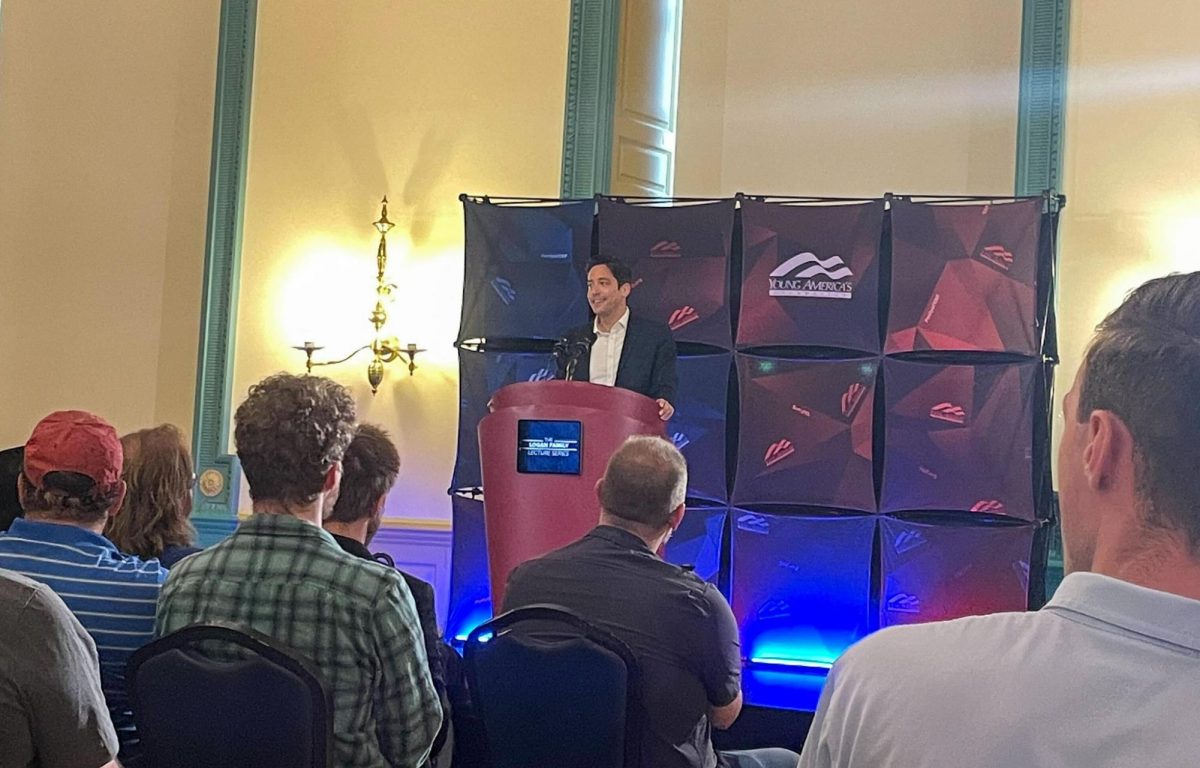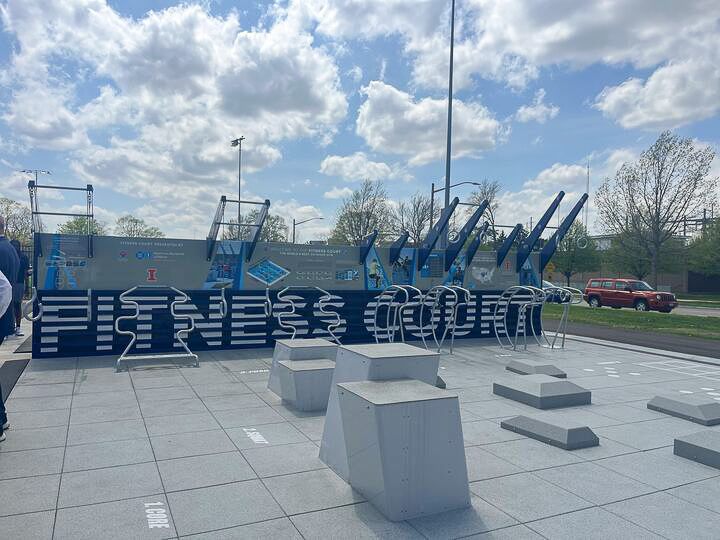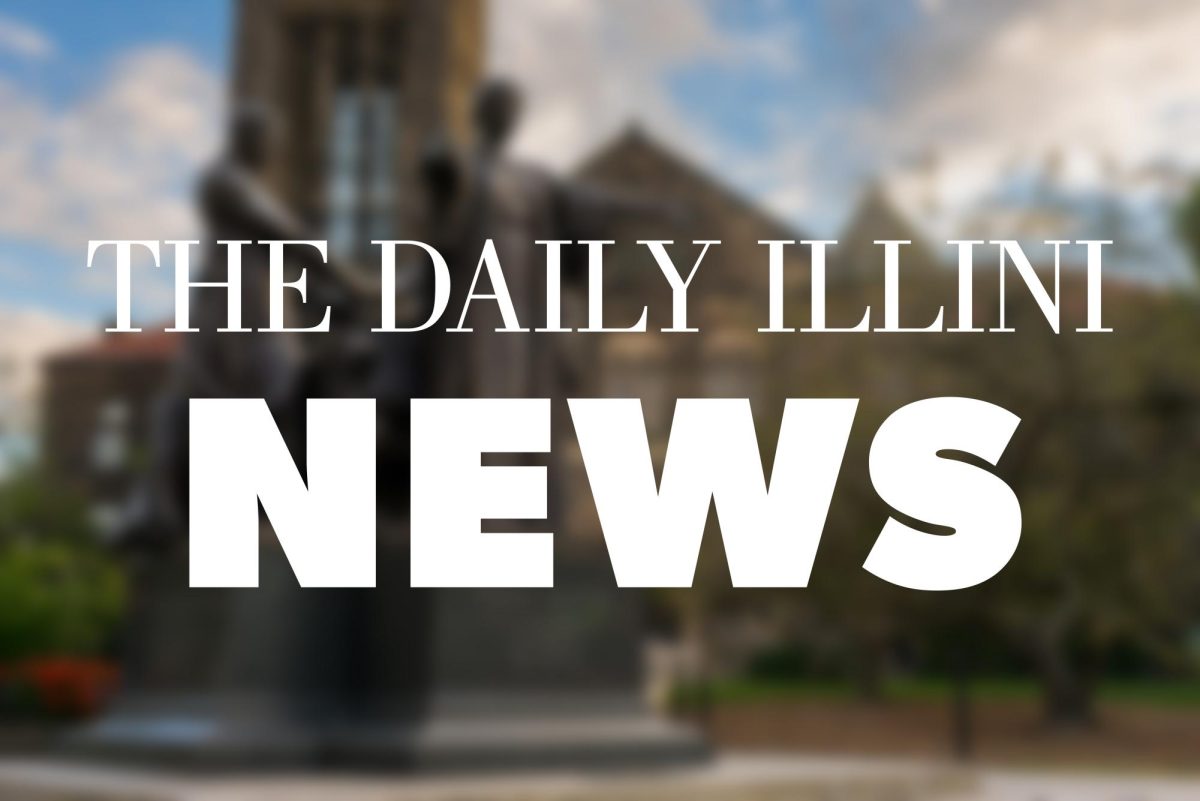The search committee to find a permanent replacement for President B. Joseph White is now comprised of students and faculty members; however, in the past, the Board of Trustees was hesitant to include their input in searching for top University administrators.
“The search committee is very much in the tradition of the University of Illinois with one major exception,” White said.
“That is that this search committee will be composed predominantly of faculty but also members of the board,” he added.
The University’s leadership began with a board-elected regent, John Milton Gregory, in 1867. The selection of the regent, later called the president, was an informal process where all 27 members on the board decided who to elect in the administration, said Winton Solberg, professor at the University.
In 1880, Selim H. Peabody was selected to replace Gregory as the University’s second regent.
Get The Daily Illini in your inbox!
“Peabody’s management had given the University a poor reputation,” Solberg said in his book “The University of Illinois, 1894-1904: The Shaping of the University. “At the time of his resignation, many colleges were looking for a new president, and members of the board were not united on the qualities desired in a candidate.”
During the regent search process to replace Peabody, Thomas J. Burrill served as the acting regent from 1891 to 1894. The trustees did not consult the faculty on finding a candidate, Solberg said in his book.
The faculty gave input to the board during the search for President Edmund J. James in 1904, he said. However, the board chose James without including faculty members on the search committee.
“It’s the first time they (the board) asked (the faculty) in any appreciable degree,” Solberg said. “They may have asked a bit when they were searching for Draper. But they (the board) tend to take a dim view of the faculty.” Solberg said the board members in the early 1900s were mostly farmers and businessmen with interests outside of the University. Because the board had alternative motives, there was a strong need for the faculty to take part in the selection of the president, he added.
“They want the University to do well, but they don’t know much about how universities operate,” Solberg said.
For the first time, the Alumni Association and the University Senate helped appoint members to committees that selected President Harry W. Chase in 1930, according to Board of Trustees minutes.
In 1953, the president of the board asked the University faculty, the Alumni Association and the Citizens Committee of the University to help the board committee appoint members to a special selection committee.
John Corbally stepped down from the presidency in August 1978, and Chancellor William Gerberding left office in April 1979. Michele Thompson, secretary of the Board of Trustees, said President Stanley O. Ikenberry quickly succeeded Corbally in August 1979, but it was unexpected to have a chancellor position empty while the presidency was also vacant.
Since 1979, the highest number of vacancies in the top administrative positions occurred this year, with three unfilled leadership roles. The Board of Trustees will work to fill the presidential position by finalizing its search committee in time for its next meeting Nov. 12.
The presidential search committee will have three members of the Board of Trustees involved in the process.
“There will be both a chair and vice chair,” White said. “I would expect the chair to be a member of the board, and the vice chair to be a senior member of the faculty.”
The search process includes input from the search committee, but the board makes the final vote. During the presidential search process, the search committee interviews a pool of potential candidates and narrows down the list to those who are most qualified, Thompson said. Then the search committee recommends a list of potential candidates to the board.
The chair of the search committee attends the board-conducted interview sessions with the final candidates, Thompson said. The board then decides by consensus which individual they wish to vote for in a closed meeting; however, the chairperson does not vote. The candidates are guaranteed confidentially and the board votes in a public meeting.









